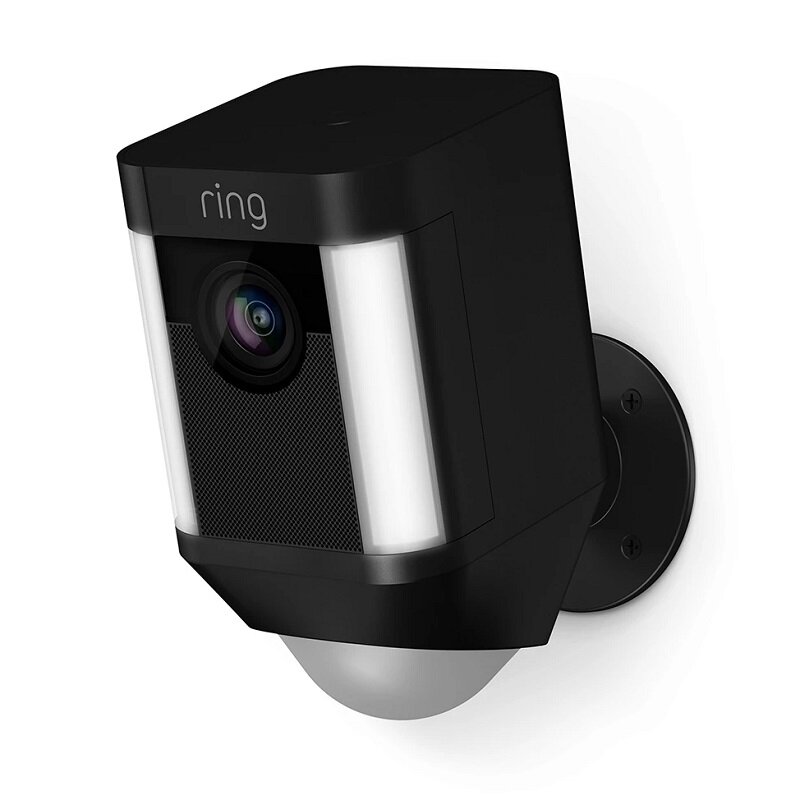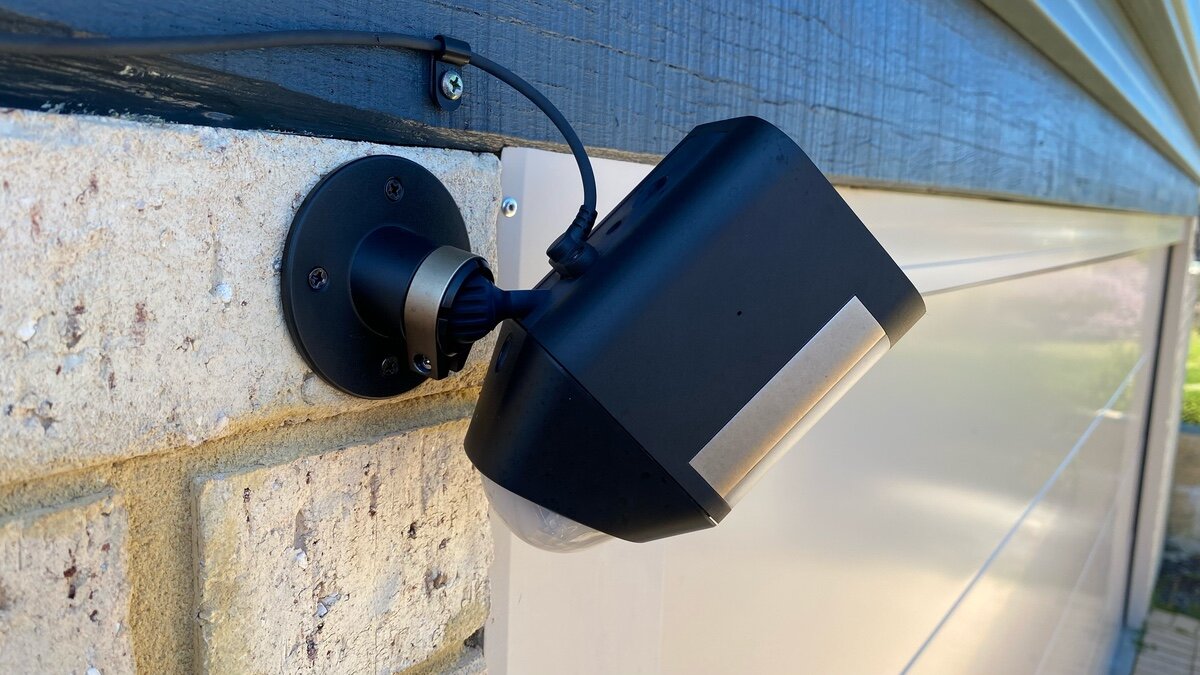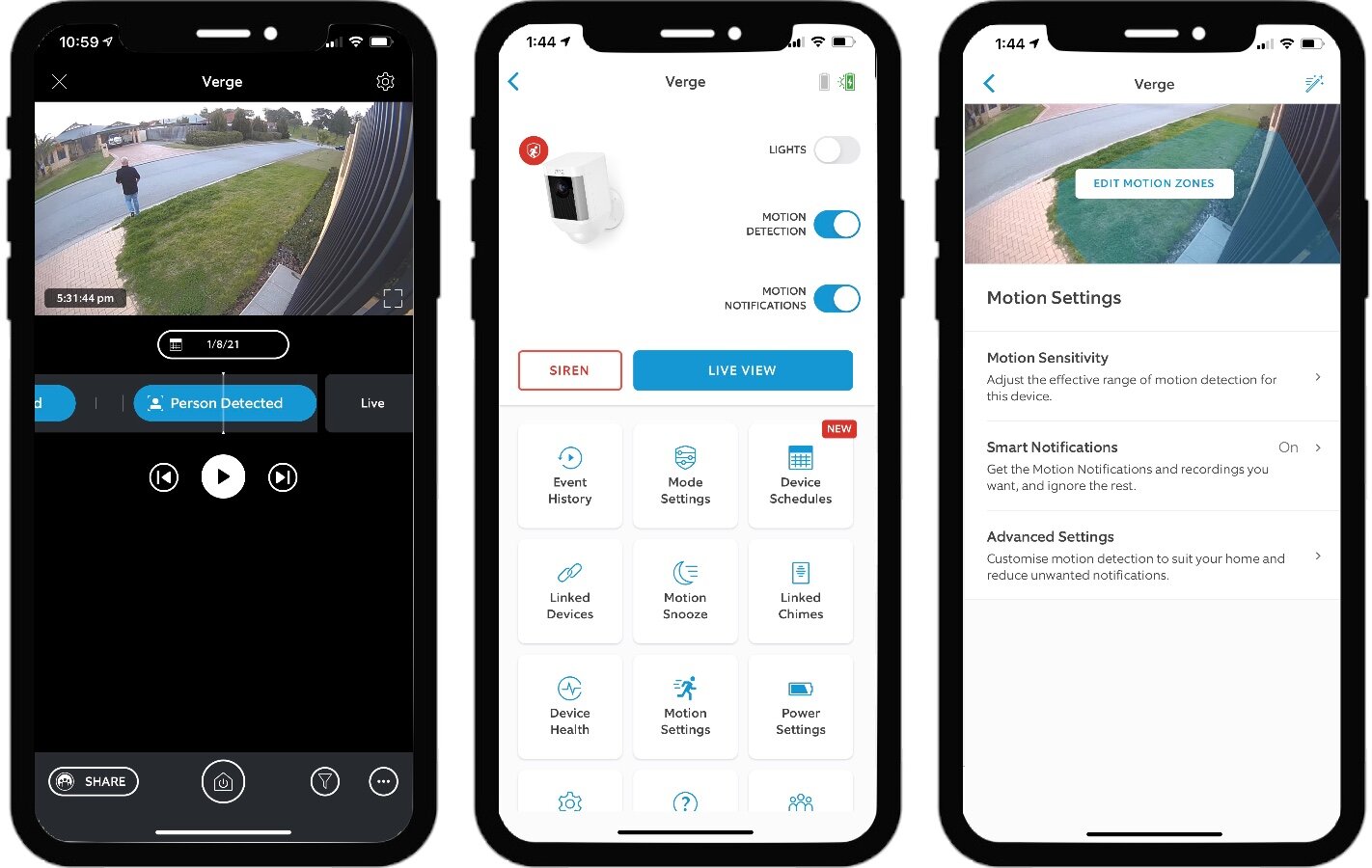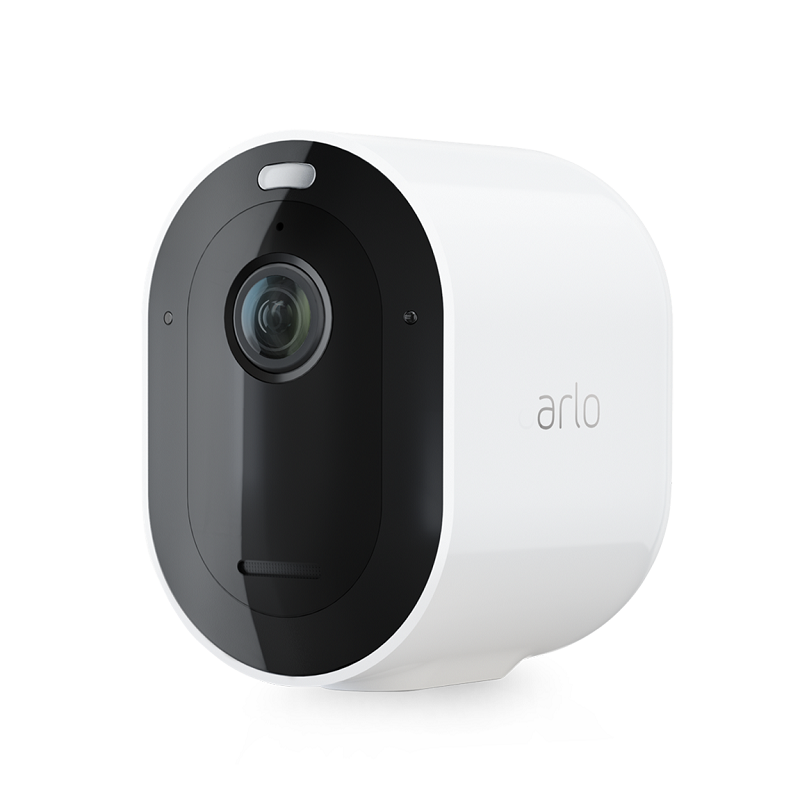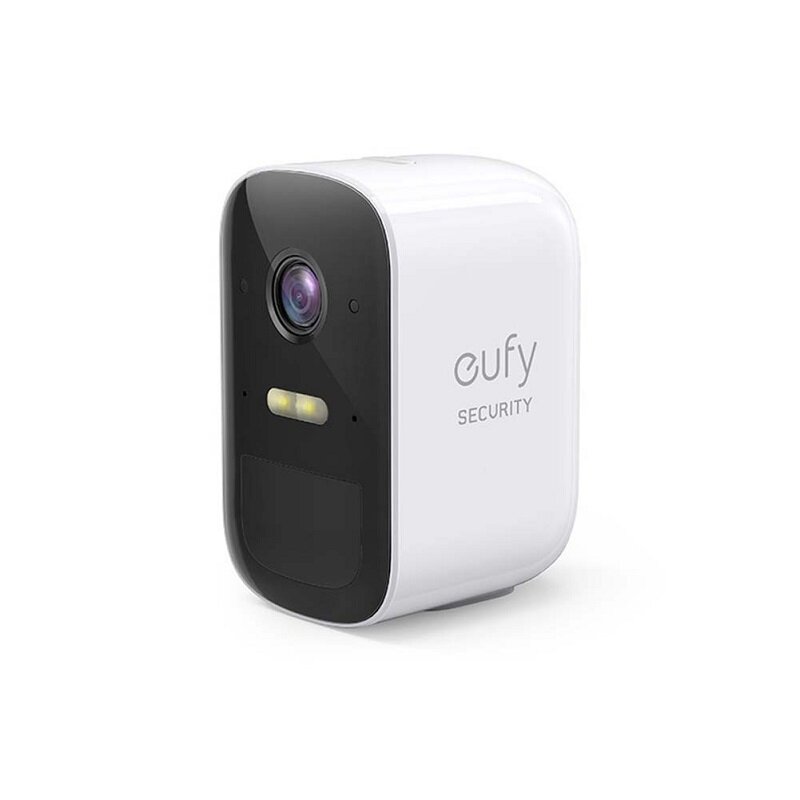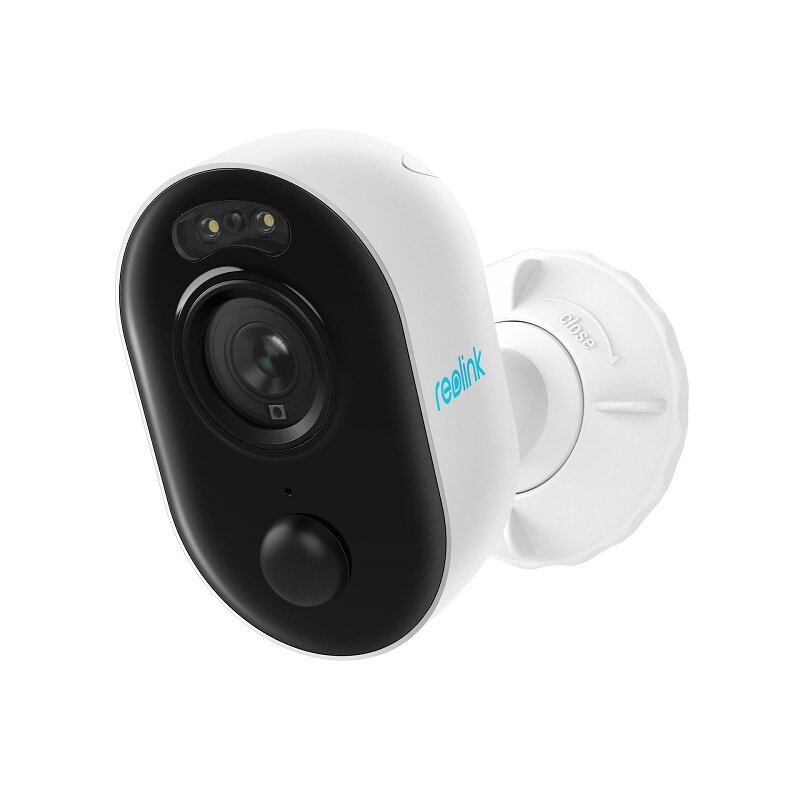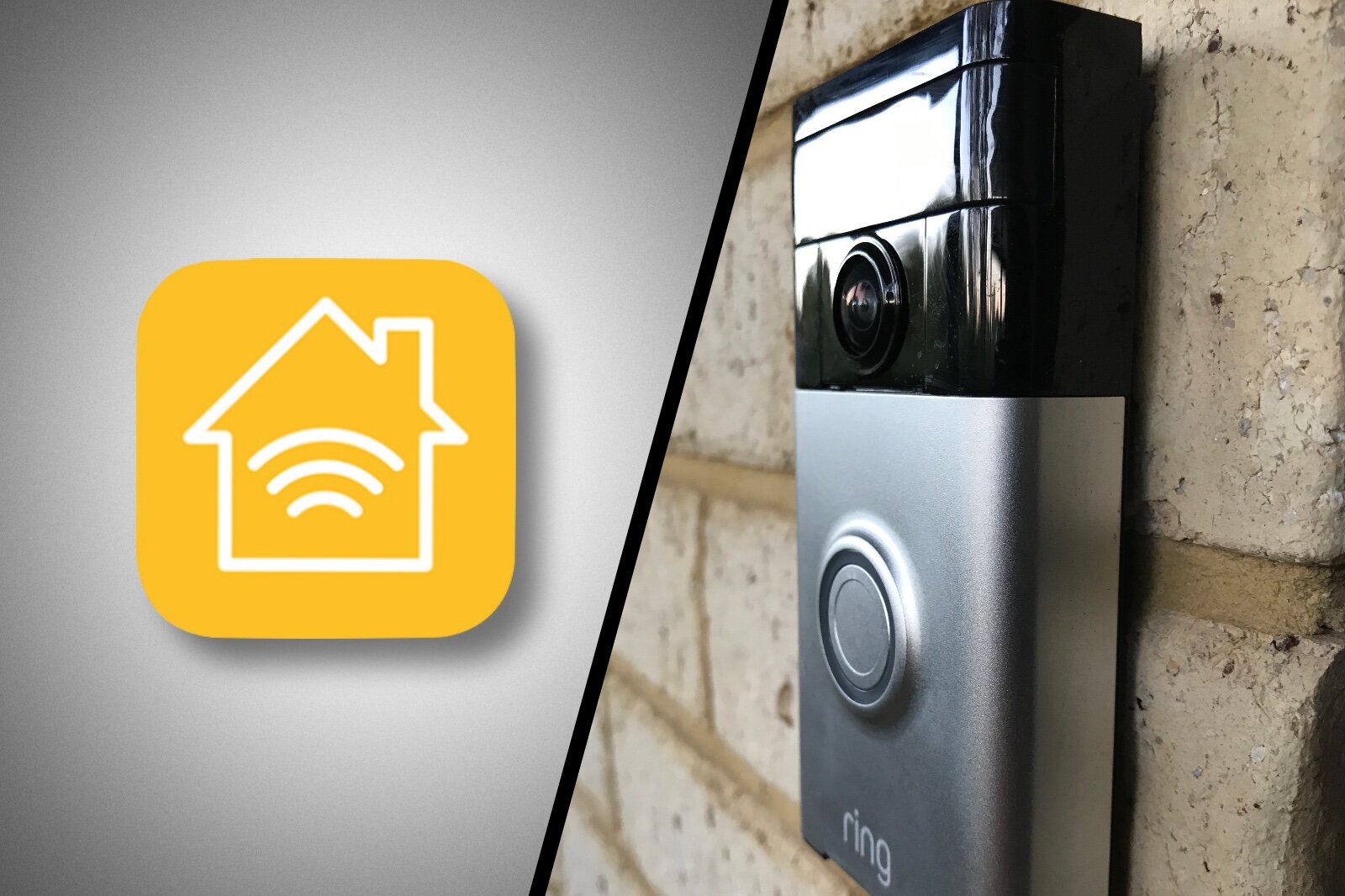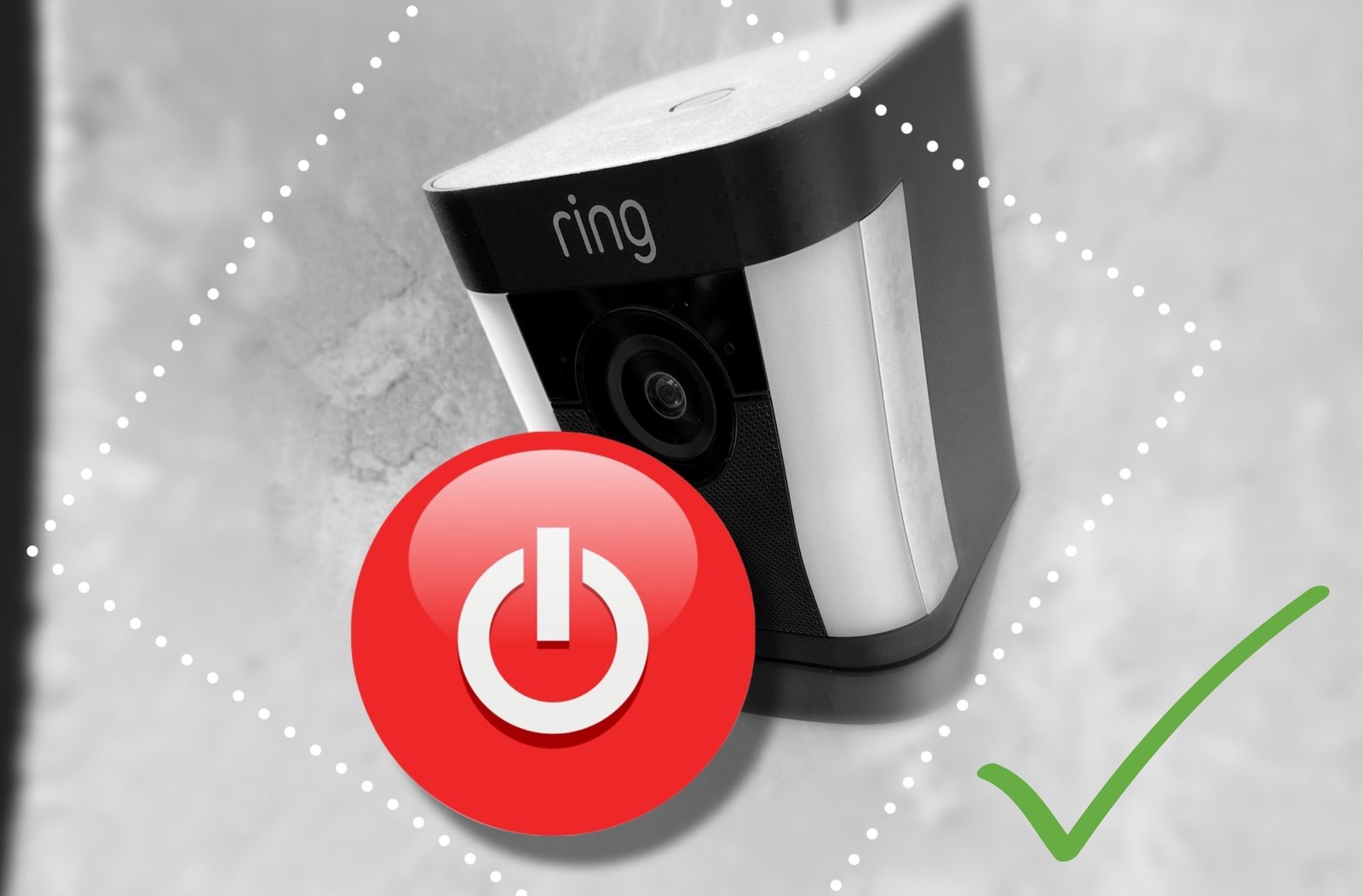Ring Spotlight Cam Review
When you buy through links in this article, I may earn an affiliate commission. Learn More.
Perimeter security is a key reason for going with wireless security cameras. Getting CCTV out to the boundary of your property can be a hassle with cables, and watching what’s going on around the approaches to your home has clear benefits.
I’ve been using Ring’s Spotlight cam in this role for a few years now, so it’s a good time to take a close look at how they have performed and held up in the elements.
Having used Ring products since their inception I’ve always found them to be well built and long lasting, and the Spotlight Cam has lived up to this expectation. Video recording has been fairly reliable, but not without the occasional issue, and the response time for notifications has been quite acceptable.
Of course, no discussion of Ring products would be complete without looking at their privacy record, and we’ll do just that in a bit, but first let’s take a look at the hardware.
Ring Spotlight Cam Overview
Ring Spotlight Cam
✔ Supports Amazon Alexa
✔ 1080p night vision camera
✔ Two-way talk
✔ Spotlight and Siren
✔ Dedicated PIR motion sensor
✔ Dual removable battery packs
✘ Limited rotation on the mount
The Ring Spotlight Cam is a completely wireless outdoor security camera designed for illuminating moderately sized spaces using it’s two LED light bars. The body is largely a rectangular box with a conventional PIR sensor dome protruding from the bottom. This sensor allows for more sensitive and responsive triggering of the lights and camera while keeping battery usage down.
On the rear of the camera body is a ball joint, this snaps into the socket mount that is screwed to whatever hard surface you want to place it on. The length of the ball arm is quite short, which results in somewhat limited rotation as the body comes up hard against the mounting bracket. This is mitigated a little by the design of the bracket which is angled to allow you to position it for more optimal placement depending on where you want to orient the camera.
The design of the body, bracket, and sensor is intended for installation at about head height so as to maximize both the motion detection accuracy, and to be able to get good visuals of faces, which you’d want from any camera in this role anyway.
The Spotlight Cam comes with one battery pack, which is sufficient, but there is a second slot for a spare if you want to run it without the optional solar panel accessory. Personally the solar panel has been a god send, and I never have to worry about battery levels, no matter how much activity the cameras get. I do get a lot of sun though, so you may benefit from having the second battery anyway if you have a lot of cloud cover.
The batteries are accessed by pressing a release button on the back of the lower part of the case, then swinging down the bottom portion that holds the motion sensor. It’s a nice design, and makes rotating batteries easy if you choose to go that route.
It’s important to note Ring cameras really need a subscription to be useful. You can run them without, but you won’t get any video recording or smart features. Just live view and basic notifications only.
Ring Spotlight Cam with solar panel attached
Installation and Setup
Installing any Ring camera if fairly straightforward. With the Ring app installed on your smartphone, you just select Add New Device, choose the type of device from the list, and scan the setup QR code. The app will helpfully show you exactly where to find that code, in this case it’s inside the battery compartment door. You then have the option to set up the camera on your normal WiFi network, or on a Chime Pro network if you have one. The Chime Pro is a remote doorbell chime that acts as a WiFi repeater for Ring devices.
In my case I set them up on my normal WiFi as I have a mesh system, that gave me better reach than where the Chime Pro was located. This is an important consideration when installing these out at the property boundary. You’re going to need a decent signal for them to work well. Line of sight helps a lot between the camera and the router, but in my case I have brick walls in between, so I placed a mesh node in the front room of the house to get as close a possible.
Once on your network the camera will be up and running on default settings, which will suit many situations. From there you can go into the camera settings in the app and tailor things to ensure you’re only getting notified about the things you care about.
The Ring app offers a wealth of new features that provide good customization options for this kind of thing. You have the basic motion sensitivity, scheduling, and notification frequency options, the ability to define custom motion zones to limit where motion detection will occur, and then there are the smart notification settings.
Spotlight cam supports these smart settings as well now, even on the battery models. These allow you to enable person detection, and specify whether you want recording and/or notifications for those events, as well as for other events. You can now also create privacy zones, to exclude areas from recording video or audio. These help protect parts of the scene where you might want some more privacy, or to protect your neighbors from being captured on your videos.
Finally, you have control over the camera settings. Here you can decide to use HDR at the expense of battery life, enable Live view, and determine the length of any recorded events. If that sounds like a lot of options, you’d be right. Ring has designed the app well, though, and all of these are easily accessible on the camera settings screen, and often through multiple different menus to ensure they are discoverable regardless of how you might think about them.
Ring settings screens
How Does it Stack Up?
I’ve been running a couple of the battery models (with solar panels) out the front of the property for a couple of years now. The’re both completely exposed to the elements and west facing, so they get the full afternoon sun all summer long. We have hot summers and particularly high UV levels here, so it’s a good test case for how they’ll survive.
The answer? Pretty good, actually. Both cameras continue to work perfectly fine, and there is no significant degradation in the materials. You’ll see in the photo above that the alloy panels on the sides of the light bars, and the locking clamp on the mount have lost their black paint, but otherwise they are good as new.
The video quality continues to be decent, within the limits of a 1080p camera, with the recordings always clear with minimal artifacting. This will depend on your WiFi signal strength though, but mine are actually at the low end. The apps ‘Device Health’ screen shows them in the red often, yellow at best. Even so, Live view connects quickly and there’s no major issues with notifications of video quality.
Audio is a weaker point, while it works fine and is sensitive enough for monitoring purposes, there is a consistent background hiss from both of these units, plus the older one I have out the back. It’s not a huge issue as it doesn’t wash out anything you want to hear, but it is poorer compared to something like Arlo’s cameras.
Now to the question of privacy. It is certainly the case that Ring was getting hammered in the press for a string of ‘hacks’ and questionable policies, both internal operations and on the marketing side. There’s also the question of their ownership by Amazon, which some would assert have a poor record when it comes to ethics.
Interestingly, it seems the move under Amazon’s umbrella has resulted in Ring getting their act together in terms of security, privacy, and the quality of their app experience ( which was beginning to look fairly outdated in the face of the competition). The result of this renewed focus has been a string of new features and updates to the app and their camera products adding a host of lacking smart features, ways to control when the camera records, and much better privacy controls than most of the competition.
These new controls give you visibility of authorized devices and services along with ability to cut them off, mandatory two-factor authentication, centralized control over shared accounts for multiple properties, control over video retention in the cloud, and the newest addition; end-to-end encryption. This last one is welcome, but it’s fairly immature right now as the implementation cuts off many of the other features of the Ring app and leaves you with pretty basic video recording for a single user only.
The app itself is very nicely laid out now as well, with a simple dashboard overview of all of your cameras, centralized settings management for each one under a single page, and a really nice timeline view which shows not only each video event, but optionally captures snapshots at fixed intervals to give you a complete scrollable view of the days activities.
Within this view, you can jog through all the video events seemlessly just by scrolling the timeline. This makes it super easy to skip through events to just see what is of interest, and to see those events in context alongside each other and the snapshots. You can also trigger live view right from that screen (which then gets added to the timeline), activate the siren or lights manually, or share any recorded event directly from the viewer.
This is a killer feature for me, as the usual library view of recorded videos, common to most camera brands, can be quite tedious to go through if you’re trying to find something. The approach is very slick, very easy to use, and amazingly fast at loading the videos in as you scroll through.
Alternatives
The Arlo Pro 4 is the current mid tier Arlo camera, and compares well with the Ring Spotlight cam for features. As with most Arlo cameras, they have a hgiher resolution camera, and better microphone performance than Ring’s do, along with better low light performance and a magnetic mounting option. That’s not necessarily a plus if you have it out where it can be grabbed, mind you.
Arlo’s also require a cloud subscription to be useful, and the plans are very similar to Ring’s at both the single and unlimited tiers. They also support the most smart home platforms integrations, although you need their Smartbase for some of those. If you want the higher video quality on a cloud plan, or are wary of Ring’s privacy past, then this is the best option.
Eufy has been the go to for quality security hardware without a subscription. The Eufy Cam 2C is a good option for these situations, and sports similar features to the Ring offering. The biggest negative here is the lack of a removable battery, and the need to use their Homebase hub. The hub provides the key benefit though, as it’s there that the videos are securely stored locally.
Eufy offers decent smart home integrations, including the only one to provide support for HomeKit Secure Video, and offers a wide range of smart notifications and motion controls. For the highest quality option without a subscription requirement, Eufy is a good choice.
The Reolink Argus 3 is a cheaper alternative in the same class as the other options here. Offering a 1080p camera, color night vision, and local storage via an on board MicroSD card (not included) you’re looking at a decent budget alternative. As with the Eufy Cam, cloud storage is available as an option if you want access on the road, and this one also offers the inclusion of privacy zones like the Ring app.
With support for Alexa and Google for smart displays the main options are covered, and the price is considerably less than the three big players I’ve covered above.
The Verdict
The Ring Spotlight Cam is a robust outdoor camera solution that offers the best spotlight functionality in it’s class, being outdone only be dedicated floodlight cameras, most of which need hard wired power. You can go with a wired power model, but even without that the dual battery slots and optional solar charging make it very low maintenance, and it performs admirably on even low WiFi signal.
The Ring app is a pleasure to use, and is very well laid out from a navigation perspective. New features are presented with a walk through when they launch, and everything is well explained in the settings. The Timeline view is best in class for reviewing recorded events, and this is critical when you’re relying on an app that you will likely use frequently.
Ring subscriptions are competitively priced and offer a range of additional value add options, like product discounts and extended warranty. You’ll also be able to add other options such as Ring’s alarm and smart lighting products under the one subscription price.
While audio quality is not as good as it could be, I find it’s not something I use much anyway, but if you do want to listen in on events the background noise doesn’t interfere significantly with what’s important.
So long as you’re happy getting into Ring’s subscription eco-system, or if you already have other Ring products, the Spotlight Cam will be a good perimeter security camera that will go the distance. If subscriptions aren’t for you, then Eufy’s products are worth a look.

